While Intermediating Patterns shows works about contemporary architecture, the adjacent exhibition, Uffizi of Giorgio Vasari, curated by Olimpia Niglio celebrated the 500th year anniversary of Vasari's birth. As the two exhibitions present different topics, they share the same timeless spirit regarding the discovery of new ideas. Consequently, the curators of Intermediating Patterns activated two spaces that are not usually used as spaces for exhibitions in the facility: the main entrance square of the building designed by Gae Aulenti and the grand stairwell to the basement concert hall.
The entrance area hosts the installation work named Paper Garden. It explores the potentialities of transitional spaces and offers an unexpected way of entering the Italian Cultural Center. A festive but calm hanging strips of recycled paper collected from the University of Tokyo welcomes the visitors. The conventional axial approach to the entrance is recomposed into a diagonal path by the specific disposition of light and paper partitions. This non-axial path is, according to one of the curators, inspired by the concept of Oku, a traditional Japanese spatial sensitivity to define a sense of gradual depth. The work also investigates the concept of Kyokai, another traditional Japanese concept of articulating space through filters, apertures, and transparencies.
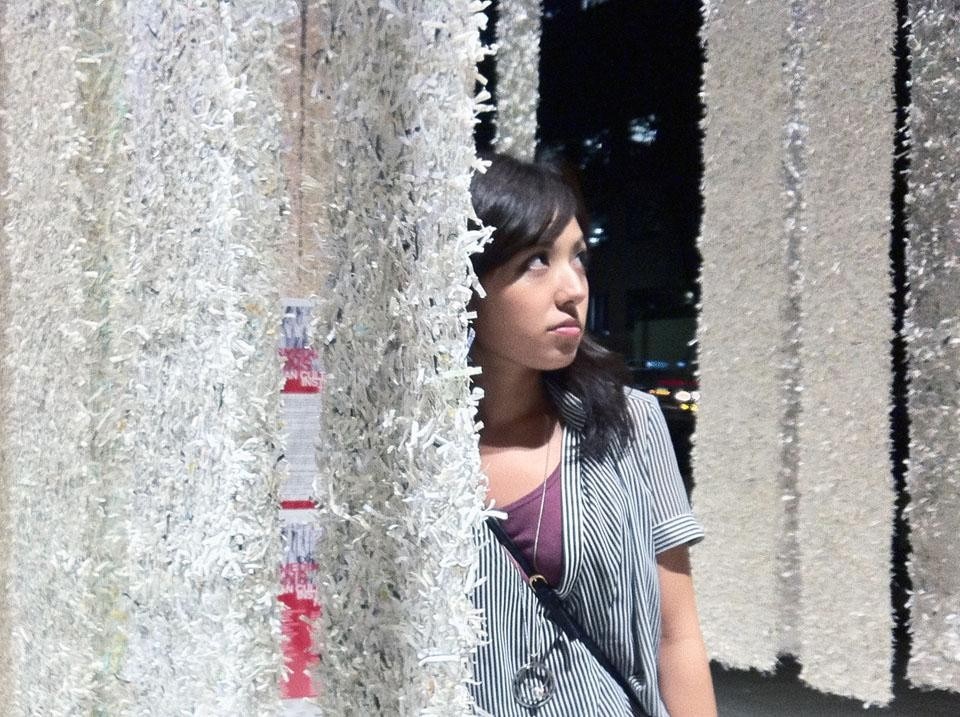
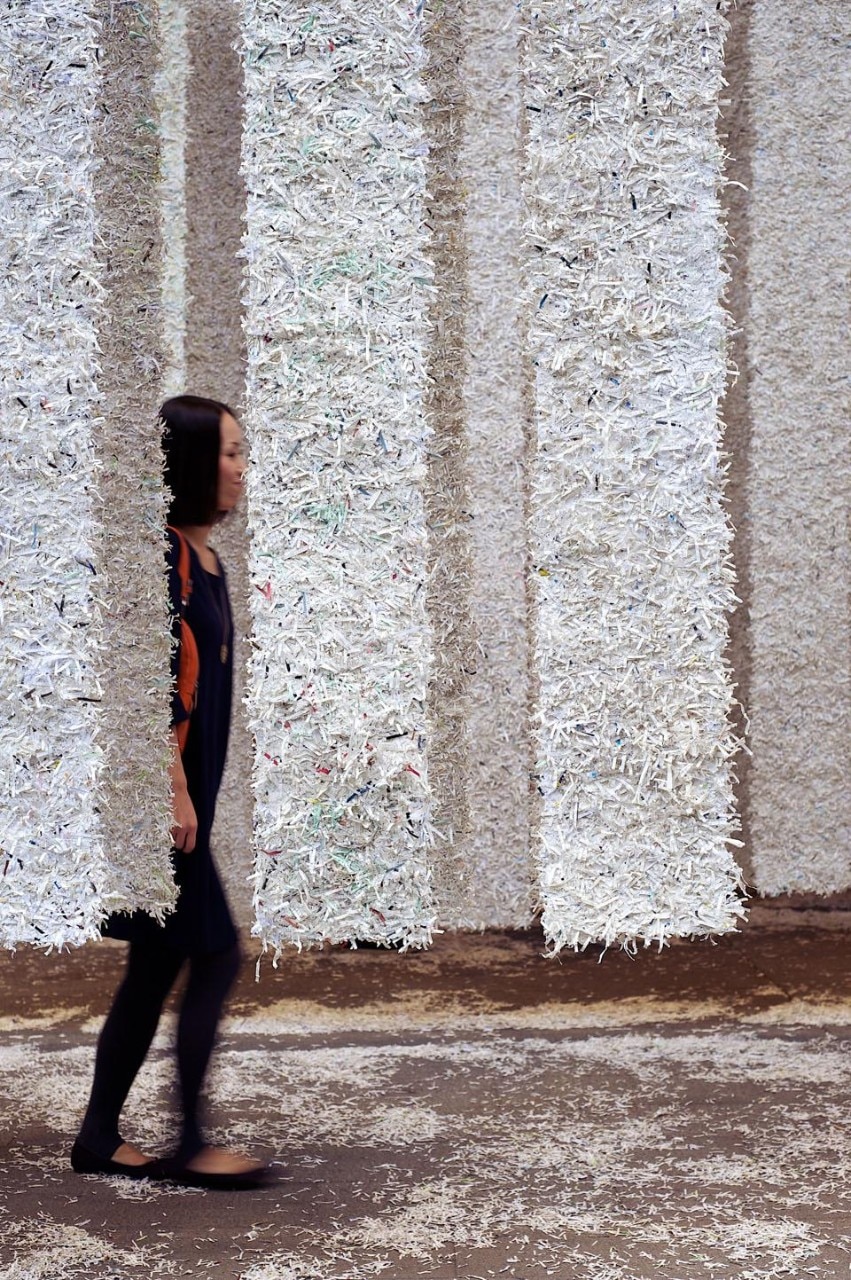
The conventional axial approach to the entrance is recomposed into a diagonal path by the specific disposition of light and paper partitions.
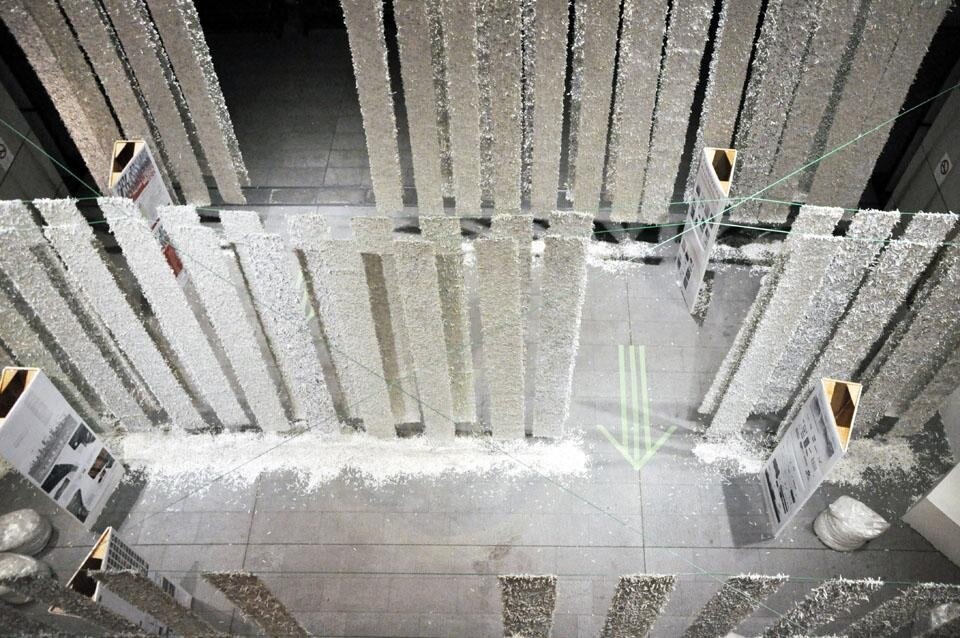
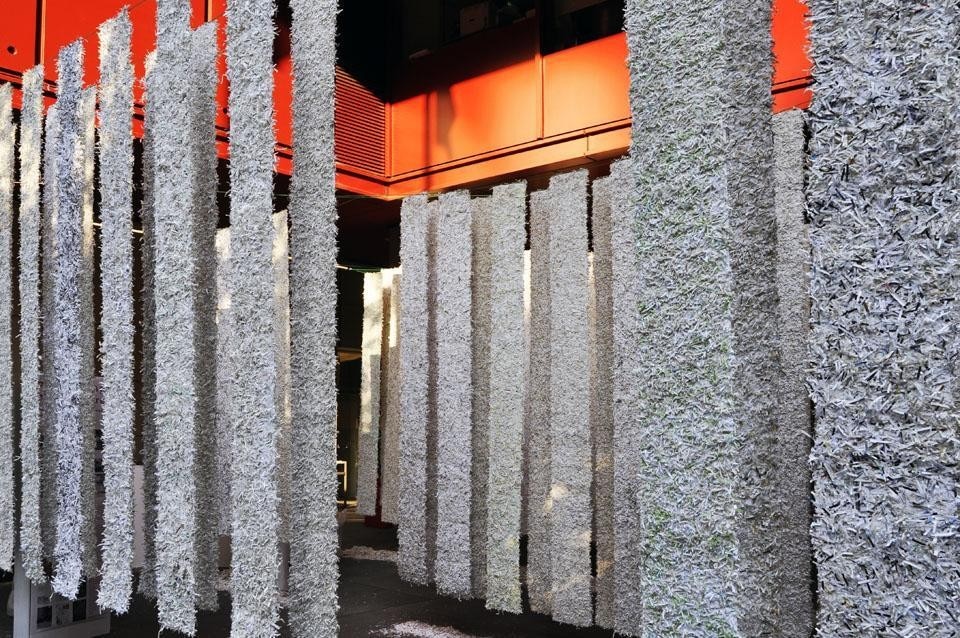
Keisuke Toyoda founded Noiz/Architecture, Design & Planning in 2007, based in both Tokyo and Taipei. Currently, he is holding an adjunct professorship at National Chiao-Tung University (Taiwan), and lecturing at Tokyo University of the Arts, Art Media Center.
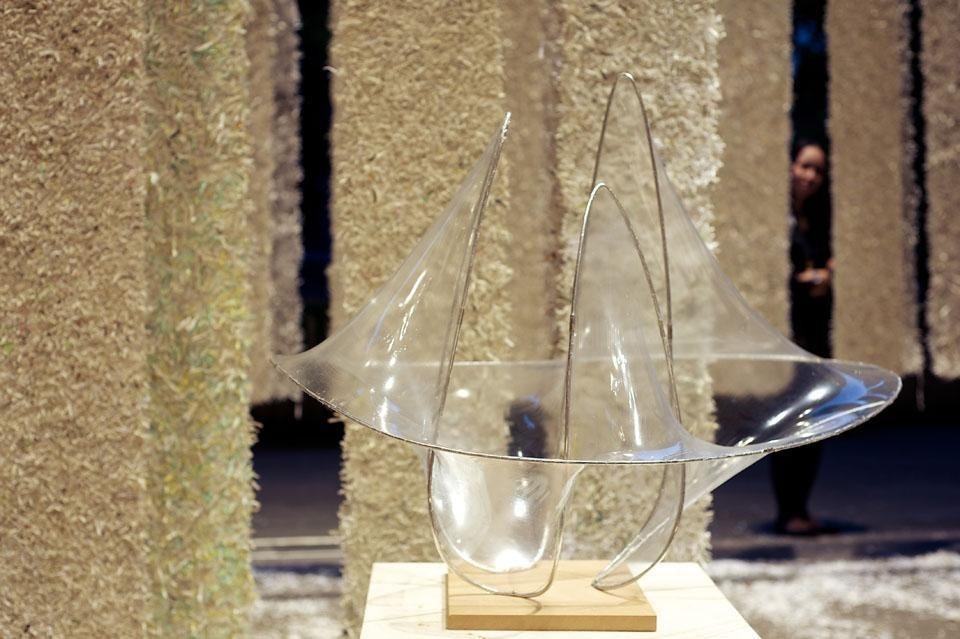
Site: Italian Cultural Institute, Tokyo, Japan
Period: Sept. 25-Oct. 12, 2011
Curators: Kengo Kuma, Matteo Belfiore, and Salvator-John A. Liotta
Contributions from: Kuma Lab, coordinated by Ko Nakamura, and Yusuke Obuchi Lab, Digital Fabrication Lab, G30, University of Tokyo, Department of Architecture
Design and concept: Matteo Belfiore, Salvator-John A. Liotta
Fabrication team: V. Cannava (supervisor), C. Hurtado, S. Joichi, C. Vitorino
Theoretical contributions: R. Balboa, F. Scaroni
Technical support: Y. Ito, K. Yamaoka, J. Shimada, T. Kuma, B. Konkarevic
Visual production: M. Angileri, S. Mezzapelle Light design: G. Crotti
Deskrama System: Jun Oishi
PhD candidates' contributions: R. Baum, Y. Chen, K. Ko, C. Lippa, C. Vitorino, L. Zhang
Digital Fab Lab: A. Hamada, Y. Ito, T. Kuma, C. Xuhao Lin, J. Narongthanarath, D. Zaho
Tsunami Museum: M. Koike, K. Nakamura, R. Ishida, S. Murai, S. Tanaka, H. Tomoeda, M. Yoshisato, R. Ishihara, T. Sakane, C. Vitorino, A. Braverman
Sponsors: Takenaka Corporation, Stanley Corporation, Stair Link, Z Corporation
Endorsed by: The Italian Embassy in Japan, The Japan Society for Promotion of Science, The University of Tokyo


